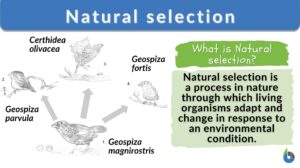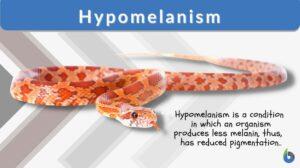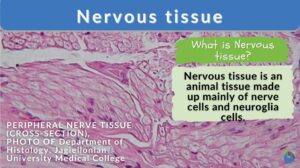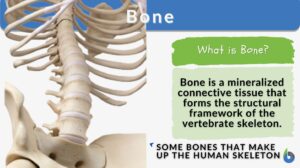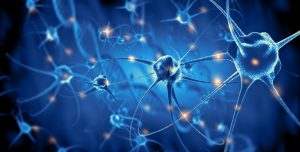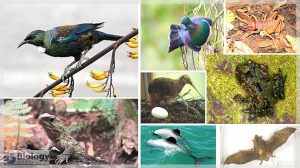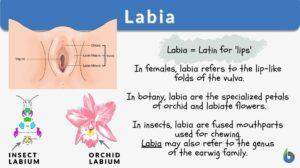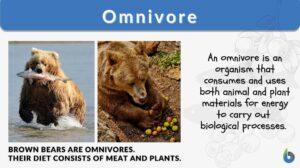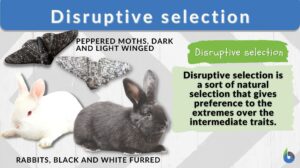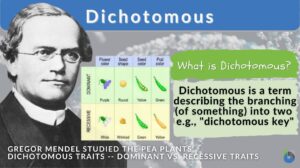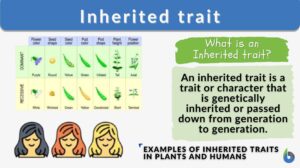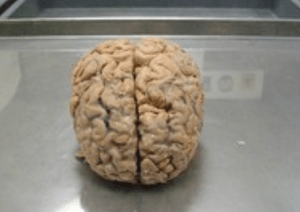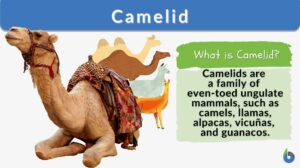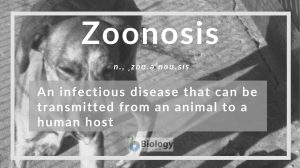Search Results for: gray
Nervous System
THE is the most complicated and highly organized of the various systems which make up the human body. It is the... Read More
Natural selection
Natural Selection Definition What is natural selection in biology? Natural selection is defined as a process in nature... Read More
Central nervous system
Definition noun The part of the nervous system comprised of the brain, the brainstem, and the spinal cord Supplement In... Read More
Lobar pneumonia
Definition noun (pathology) A type of pneumonia that affects the lobe or an enormous section of a lung, and is often caused... Read More
Biotechnology
Biotechnology Definition Biotechnology is a technology that uses biological systems or living organisms for a particular... Read More
Fields of forel
Fields of forel three circumscript, myelin-rich regions of the subthalamus known as h fields (from Haubenfelder); 1) field... Read More
Hypomelanism
All the body cells of living organisms bear some color due to one or the other pigment molecule or complex. The pigment can... Read More
Nervous tissue
Nervous Tissue Definition Nerve cells (or neurons) and their associated cells, such as neuroglia cells, make up nervous... Read More
Non-Mendelian Inheritance
Reviewed by: Mary Anne Clark, Ph.D. The inheritance patterns seen in Mendel's monohybrid and dihybrid crosses... Read More
Neural Control Mechanisms
Nerve cells called neurons generate electric signals that pass from one end of the cell to another and release chemical... Read More
New Zealand’s Unique Fauna
By: Maria Victoria Gonzaga In the previous lesson, we learned about the high biodiversity of New Zealand and how... Read More
Pinealocyte
Definition noun, plural: pinealocytes The major cell type component of the pineal gland, and is involved in the production... Read More
Fasciculus dorsolateralis
Fasciculus dorsolateralis --> dorsolateral fasciculus a longitudinal bundle of thin, unmyelinated and poorly myelinated... Read More
Unmyelinated nerve
Definition noun A nerve that is bare or without the myelin sheath around the axon. Supplement The unmyelinated nerve... Read More
Disruptive Selection
An evolutionary process known as disruptive selection (or disruptive natural selection) causes a population to become... Read More
Dichotomous
Several English words are widely used across different fields of Science. One such term is dichotomous. We often use this... Read More
Inherited traits
What are Inherited Traits? The characteristics or traits that are passed from parents to offspring are known as inherited... Read More
Unmyelinated neuron
Definition noun A neuron in which there is no myelin sheath surrounding the axon. Supplement The unmyelinated neuron... Read More
Scientists brought dead pig brain partly back to life
Death is inevitable to any entity that has life. When there is a beginning there ought to be an end. However, the recent... Read More
Community (biology)
Community, in biology, refers to the assemblage of interacting organisms (either of the same or different species)... Read More
Old World monkey
Definition noun, plural: Old World monkeys Any of the primates that belong to the family Cercopithecidae of the suborder... Read More
Lesser ape
Definition noun, plural: lesser apes Any of the apes of the family Hylobatidae (gibbons) characterized by being relatively... Read More
Philippine tarsier
Definition noun, plural: Philippine tarsiers A tarsier species endemic to the islands of the Philippines Supplement Tarsiers... Read More
Brain coral
Definition noun, plural: brain corals A reef-building coral characterized by having a convoluted thecae resembling a human... Read More
Pineal gland
Definition noun, plural: pineal glands A small endocrine gland shaped like a pinecone, located in the epithalamus, and... Read More
Subspecies comparison of the Genus: Corucia
Leeway Corucia Research Center (LCRC) Blenheim, S.C. 29516 U.S.A. Abstract Detailed measurements and observations... Read More

